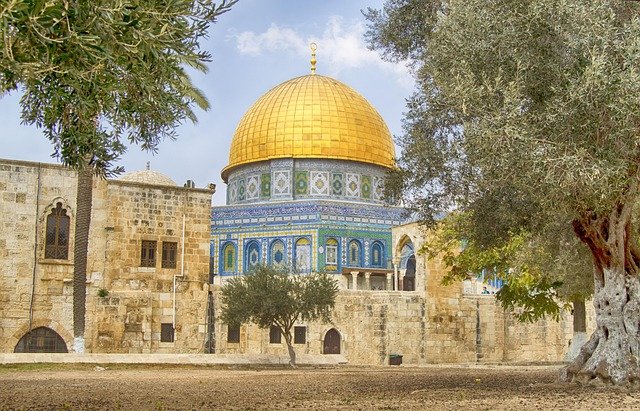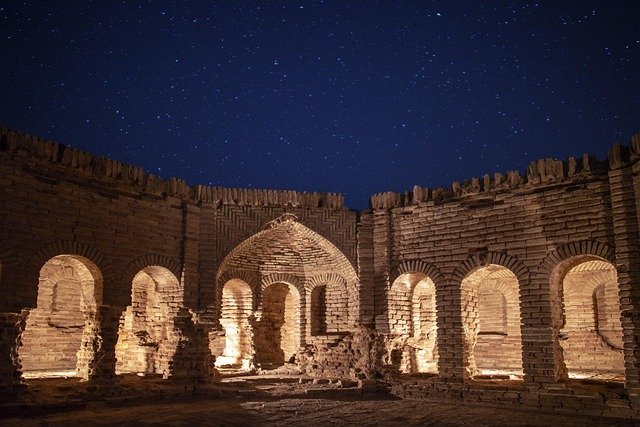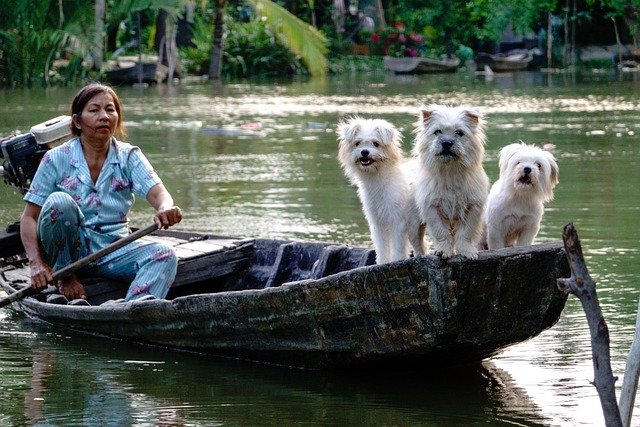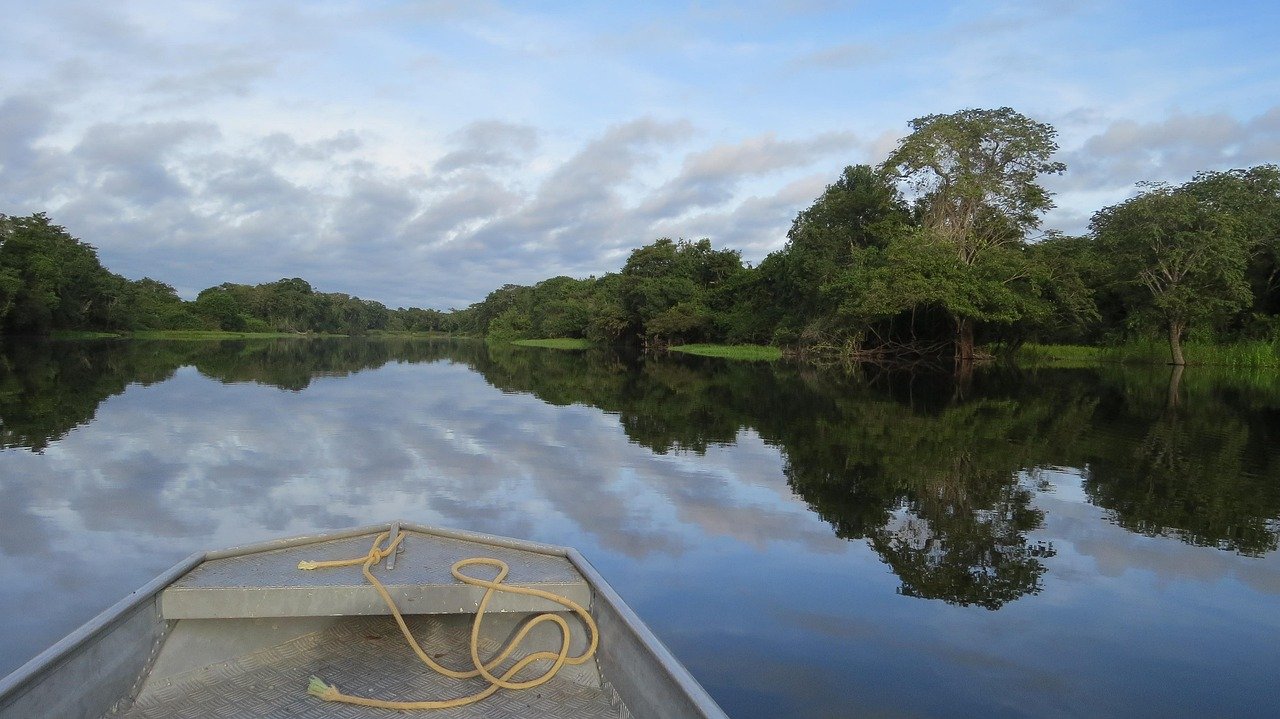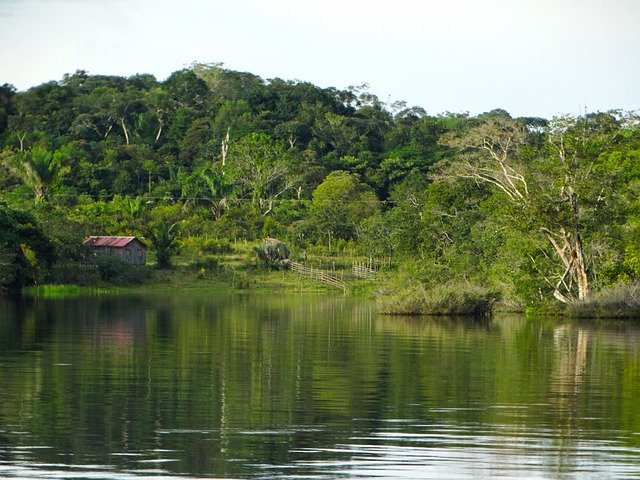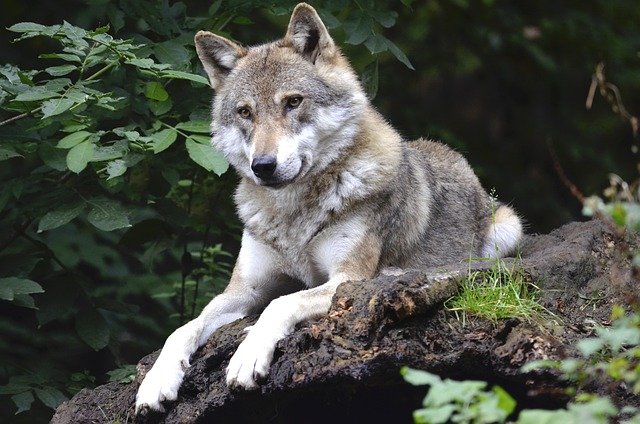
Vietnam, a captivating country located in Southeast Asia, boasts a rich tapestry of geographic features that range from towering mountains and lush rainforests to vast river deltas and stunning coastlines. Understanding Vietnam’s geography offers deeper insight into the nation’s culture, agriculture, history, and rapid development. In this blog post, we will explore the key geographic features that define Vietnam.
1. Location and Borders
Vietnam is located on the eastern edge of the Indochinese Peninsula. It shares borders with:
- China to the north,
- Laos to the northwest,
- Cambodia to the southwest, and
- The South China Sea (known locally as the East Sea) to the east and south, giving Vietnam a long and strategic coastline.
Vietnam stretches over 1,650 kilometers (about 1,025 miles) from north to south and is shaped like an elongated “S.”
2. Three Main Geographic Regions
Vietnam is traditionally divided into three main geographic and cultural regions:
a. Northern Vietnam (Bắc Bộ)
- Topography: Characterized by rugged mountains, limestone karsts, and the fertile Red River Delta.
- Major Cities: Hanoi (the capital), Haiphong.
- Highlights: The famous Ha Long Bay with its emerald waters and limestone islands, and the Sapa highlands with terraced rice fields and ethnic hill tribes.
b. Central Vietnam (Trung Bộ)
- Topography: Narrow coastal plains with the Annamite Mountains (Trường Sơn Range) running parallel to the sea.
- Major Cities: Hue, Da Nang, Hoi An.
- Highlights: Beautiful beaches, ancient imperial sites, and central highlands rich in coffee plantations.
c. Southern Vietnam (Nam Bộ)
- Topography: Dominated by the Mekong River Delta, a vast network of rivers and swamps.
- Major Cities: Ho Chi Minh City (formerly Saigon), Can Tho.
- Highlights: Floating markets, rice paddies, tropical fruits, and economic hubs.
3. Mountains and Highlands
Vietnam is a mountainous country — about 40% of the land is mountainous, and another 42% is covered by forests.
- Highest peak: Fansipan (Phan Xi Păng), located in the Hoàng Liên Sơn range, stands at 3,147 meters (10,326 feet), earning it the title “Roof of Indochina.”
- Annamite Range: Forms a natural boundary between Vietnam and Laos and is rich in biodiversity.
4. Rivers and Deltas
Vietnam is home to two of Asia’s great river systems:
- The Red River (Sông Hồng) in the north, which flows through Hanoi and into the Gulf of Tonkin.
- The Mekong River (Sông Cửu Long) in the south, which creates the expansive Mekong Delta, Vietnam’s most important agricultural area.
These rivers not only provide fertile soil for rice cultivation but also serve as crucial transport routes.
5. Coastline and Islands
Vietnam has more than 3,260 kilometers (2,030 miles) of coastline, dotted with beautiful beaches, bays, and ports.
- Famous coastal spots: Nha Trang, Da Nang, Vung Tau, and Phu Quoc Island.
- Islands and archipelagos: Include Con Dao, Cat Ba, and disputed territories such as the Paracel (Hoàng Sa) and Spratly (Trường Sa) Islands.
The coastline supports a thriving fishing industry and growing tourism sector.
6. Climate Zones
Vietnam’s geography contributes to a varied climate:
- North: Four distinct seasons, including cold winters.
- Central: Hot and dry summers with heavy rains during the monsoon.
- South: Tropical climate with two main seasons — wet and dry.
This diversity allows for a wide range of agricultural production, from rice and coffee to tropical fruits and spices.
7. Geographic Importance
Vietnam’s location is strategically significant:
- It connects Southeast Asia with China.
- It controls key maritime routes in the South China Sea.
- Its varied geography offers natural resources, hydropower, and fertile farmland.
Conclusion
Vietnam’s geography is as rich and diverse as its culture and history. From the misty mountains of the north to the fertile Mekong Delta in the south, the natural landscape has shaped the identity of the Vietnamese people and their way of life. Whether you’re an adventurer, a cultural traveler, or a curious learner, Vietnam’s geographic beauty is sure to inspire.
